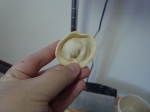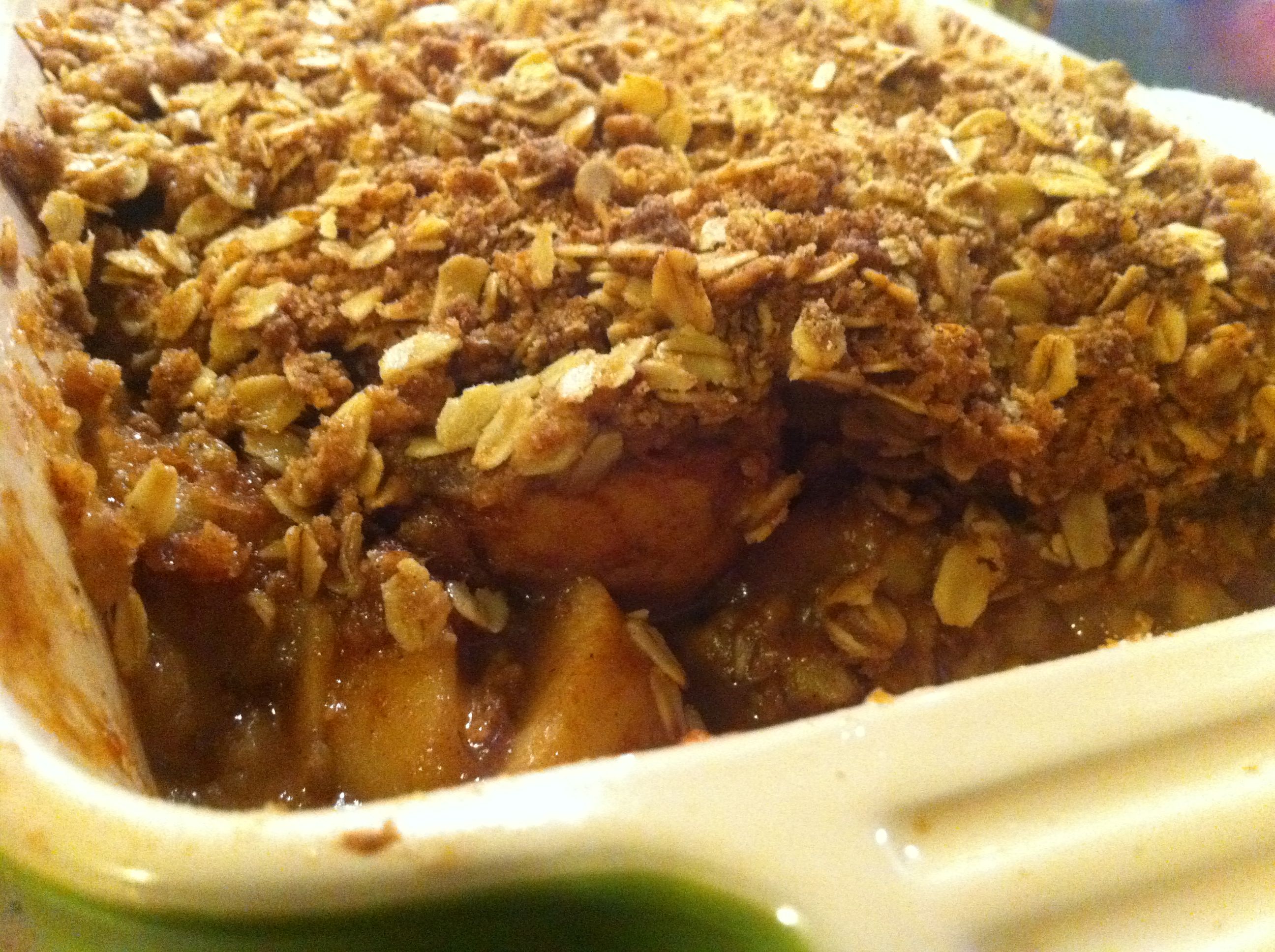One of my clients loves soba noodles, so I’m always on the lookout for interesting soba recipes. This week, I came across a recipe for Citrus Ginger Tofu Salad with Soba Noodles on Food52, and I prepared it for my client, pretty much as the recipe is written. It is everything you’d want to eat in the summer — bright, refreshing, full of crunchy vegetables. I highly recommend the recipe as written.
The version I made for myself later in the week had a few modifications. For one, I substituted kelp noodles for the soba because I had them on hand. Why did I have kelp noodles on hand? I’ve been meaning to experiment with them for some time because I’m attempting to incorporate more sea vegetables into my diet. The trace minerals found in sea vegetables — including iodine, which was added to table salt to prevent goiters in the early 20th century — are especially beneficial for thyroid health and other hormonal functions. The noodles have no flavor or color — they look like glass noodles — and they’re crunchy. However, after the salad marinated in the fridge overnight, the texture of the noodles resembled that of rice noodles. Also, they’re a raw food, if you’re into that kind of thing.
I also modified the variety of vegetables in the salad, based on what I already had in the refrigerator. For one, I peeled and grated the broccoli stalk, a sadly underutilized ingredient. It’s sweet and crunchy, and it adds another lovely layer of flavor and texture to any summer slaw. The recipe yields a lot of salad, and I’ve been eating the leftovers for the past few days. (If you know me, you know that I hate leftovers, so the fact that I’m not sick of this salad yet is a big recommendation unto itself.)

Here, I served myself the salad without the baked tofu to accompany some seared sockeye salmon. For breakfast because I love a really savory breakfast.
Citrus-Ginger Tofu Salad with Kelp Noodles
Serves 4 (generously)
For the Tofu + Marinade:
- 1 ounce orange juice
- 1 ounce tamari (or other soy sauce, such as shoyu)
- 1 ounce toasted sesame oil
- 1 ounce sunflower seed oil (may substitute: grape seed, peanut, raw sesame oil)
- 1 teaspoon finely grated ginger
- 1 clove garlic, minced
- 2 teaspoons maple syrup
- 1/4 teaspoon cayenne pepper
- 1 package extra firm tofu
Preparing the Tofu + Marinade: Preheat the oven to 350º Fahrenheit. In a bowl mix together orange juice, tamari, sesame oil, sunflower oil, ginger, garlic, maple syrup, and cayenne and set aside.
Cut the tofu into 1-inch cubes and place into a small baking pan without overlapping. Pour the marinade over the tofu. Put the tofu into the oven and bake for 15 minutes, stir, and bake for 15 minutes more until browned. With a slotted spoon, scoop out the tofu and place onto a plate and allow to cool. Pour the remaining marinade into a bowl and set aside.
For the Salad:
- Leftover marinade
- Zest of 1 lime
- Juice of 1/2 lime
- 1 ounce orange juice
- 3 tablespoons seasoned rice vinegar
- salt to taste
- 1 (12-ounce) package kelp noodles*
- florets from 1 bunch of broccoli
- stalks from 1 bunch of broccoli, peeled and coarsely grated
- 3 small carrots, peeled and coarsely grated (I used a variety of rainbow carrots)
- 2 cups shredded red cabbage
- 1/3 cup cilantro, chopped
- 8 basil leaves, thinly sliced
- 1 tablespoon sesame seeds, toasted
Preparing the citrus vinaigrette: Add the lemon zest and juice to the remaining marinade. Continue to add the orange juice, rice vinegar, maple syrup, and sea salt to taste. Set aside.
Preparing the salad: Rinse the kelp noodles in cold water and drain. Set aside. Meanwhile, bring a small pot of water to a boil, and blanch the broccoli florets for 30 seconds. Immediately strain the florets and rinse with cold water. Put the blanched broccoli florets, shredded broccoli stalks, carrots, cabbage, cilantro, basil, and sesame seeds into a large bowl and toss. Dress the salad with the citrus vinaigrette. Serve the salad topped with baked tofu and garnished with sesame seeds.
*You can find kelp noodles at Whole Foods and most health-food stores.



















